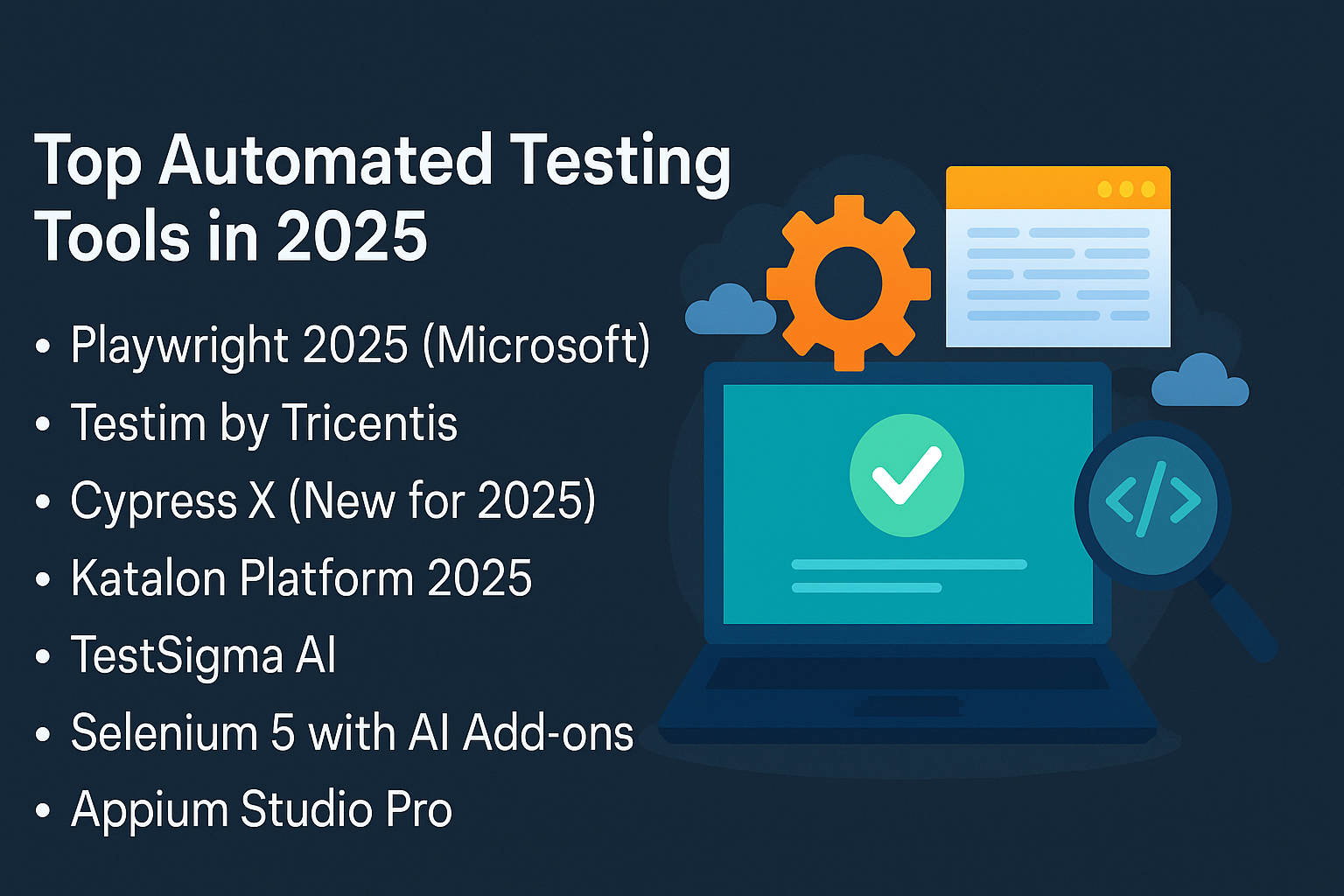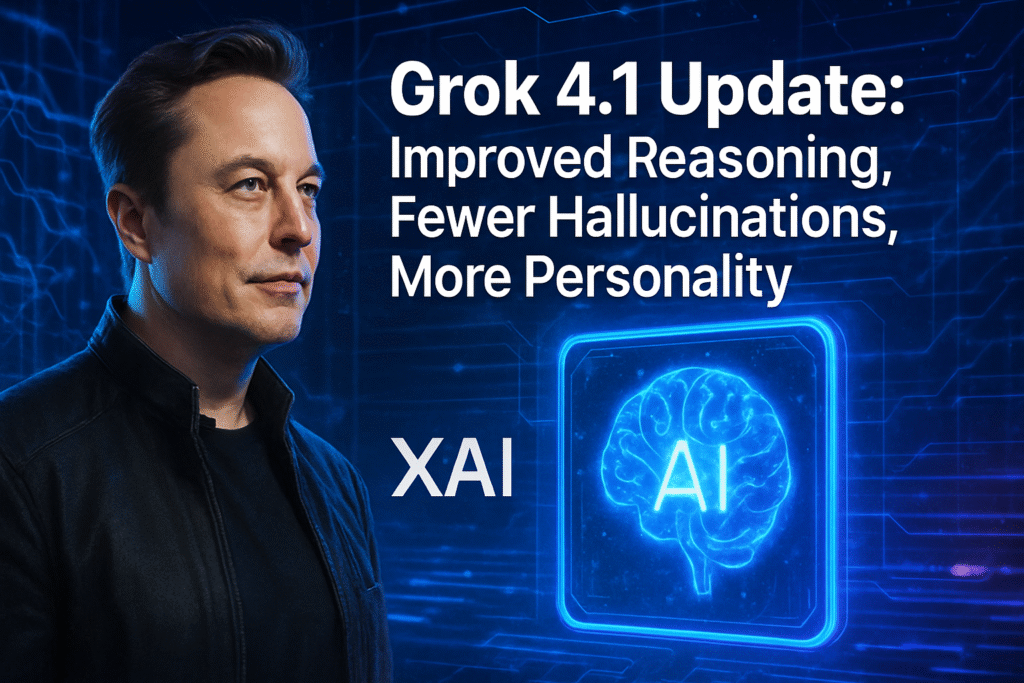
In the ever-evolving tech landscape, the need for robust, fast, and intelligent testing tools is more critical than ever. As we step further into 2025, software teams are looking for solutions that integrate seamlessly with modern development workflows—CI/CD pipelines, AI-driven analytics, low-code testing, and cross-platform automation.
Here’s a look at the top automated testing tools dominating 2025, helping developers and QA engineers accelerate releases while maintaining high product quality.
1. Playwright 2025 (Microsoft)
Why it stands out:
Playwright continues its rise in popularity due to its cross-browser support (Chromium, Firefox, WebKit) and advanced automation features. In 2025, Microsoft has added AI-powered test suggestions and record-and-replay for faster test creation.
Best for:
Web applications, especially those requiring cross-browser compatibility.
2. Testim by Tricentis
Why it stands out:
Testim leverages AI to create and maintain stable tests, even as the UI changes. The 2025 update introduced self-healing test flows and smart locators, reducing false positives dramatically.
Best for:
Agile teams needing scalable UI test automation with minimal maintenance.
3. Cypress X (New for 2025)
Why it stands out:
Cypress X is the evolution of the original Cypress framework, now supporting native mobile testing in addition to web. The tool offers parallel testing in the cloud and real-time analytics via its dashboard.
Best for:
Modern JavaScript and TypeScript applications, mobile & web testing combined.
4. Katalon Platform 2025
Why it stands out:
With its low-code environment, cloud test execution, and built-in CI/CD integrations, Katalon remains a favorite among teams who want fast setup with strong reporting. The 2025 version supports AI-powered test script generation.
Best for:
Teams with limited coding experience or who want an all-in-one test suite.
5. TestSigma AI
Why it stands out:
TestSigma uses natural language processing to write tests in plain English. It now includes voice and chatbot interface testing, aligning with the rise of conversational interfaces in 2025.
Best for:
Voice UI testing, cross-platform applications, rapid prototyping.
6. Selenium 5 with AI Add-ons
Why it stands out:
Selenium remains a reliable choice, now enhanced with AI-based test optimization plugins and tighter integrations with cloud test grids. The open-source community remains strong, and flexibility is unmatched.
Best for:
Advanced users who need full control over testing infrastructure.
7. Appium Studio Pro
Why it stands out:
Appium Studio Pro 2025 introduces support for foldable devices, wearable apps, and AR environments. This makes it perfect for next-gen mobile testing.
Best for:
Enterprises focused on mobile, wearable, and AR app quality.
Key Trends in Test Automation (2025)
- AI and ML Integration: Tools now offer predictive analytics, flaky test detection, and smart test coverage analysis.
- Low-Code/No-Code Testing: Test automation is more accessible thanks to simplified UIs.
- Cloud-First Testing: Teams are leveraging cloud execution environments for scalability and speed.
- Shift-Left Testing: Integrated into DevOps workflows, testing starts earlier and runs continuously.
Final Thoughts
Choosing the right automated testing tool in 2025 depends on your tech stack, team size, and testing needs. Whether you’re building mobile apps, web platforms, or next-gen AI tools, these platforms will help you improve release cycles, reduce bugs, and scale your QA efforts.Stay ahead by adopting tools that align with AI, automation, and DevOps best practices—your product quality and velocity depend on it.





